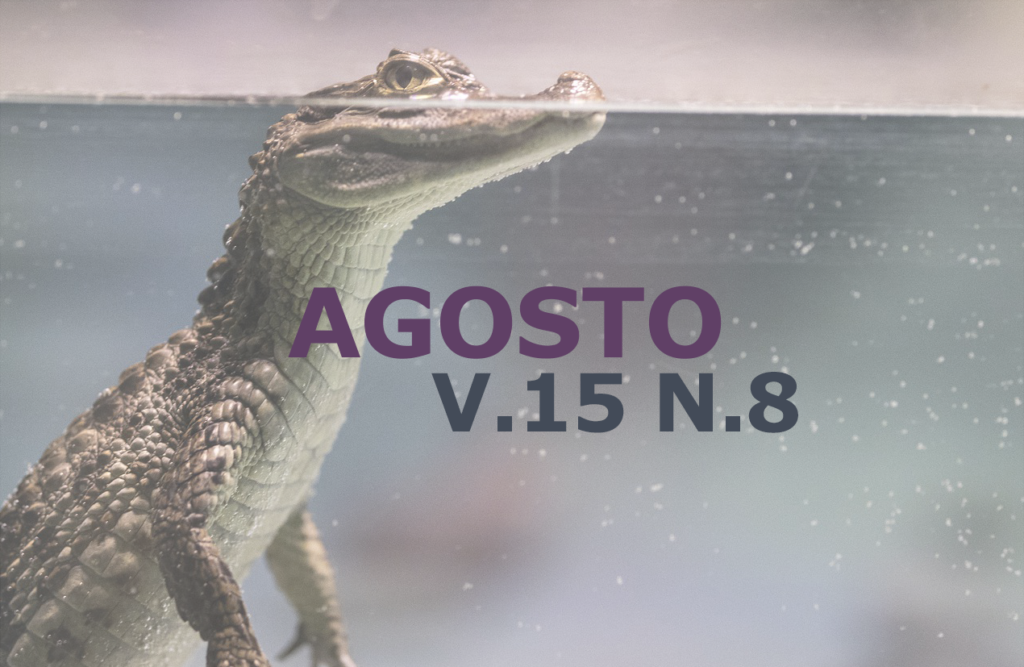Secondary congenital oronasal fistula in feline neonates of the Maine Coon breed: Clinical therapy and assisted nutritional support
DOI:
https://doi.org/10.31533/pubvet.v15n08a879.1-8Keywords:
Cleft palate, clinical management, Maine CoonAbstract
Congenital malformations are related to hereditary factors or promoted by environmental agents, to mention: toxic, infectious, nutritional, chemical and physical. In felines, the casuistry of neonates with malformation is between 1% and 2%. Among the most observed pathologies, we highlight the cleft palate (more frequent), hydrocephalus and agenesis of the digestive tract. In secondary cleft palate the closure of the palate is incomplete, the patient has milk flow through the nostrils, coughing, choking and / or sneezing in the food and respiratory tract infections, the diagnosis being confirmed by inspection of the oral cavity. The article deals with clinical management and assisted nutrition, without surgical correction. A newborn, male, Maine Coon cat was admitted to a clinic complaining of a parent's rejection. On physical examination, the presence of a secondary congenital cleft palate was observed. The tutor and veterinary doctor opted for clinical management, considering the scarcity of literature regarding surgical treatment in neonates with this pathology. The patient was fed by an orogastric tube until his complete adaptation to the large format dry food at five months of age. During this process of adaptation to his congenital condition, the feline developed two cases of aspiration pneumonia by Klebsiella pneumoniae and the ingestion of a foreign body (part of the orogastric tube), assessed by radiography and removed by endoscopy in the descending portion of the duodenum. In the follow-up of the patient until the age of one year and nine months, the feline did not present recurrences regarding aspiration pneumonia. The animal was healthy until the date of submission of this work. This report aims to discuss the clinical management of the patient in this condition and the diets offered for vital maintenance, as well as their growth.
Downloads
Published
Issue
Section
License
Copyright (c) 2021 Bruna Gisele Trento, Francieli Sperotto, Talita Wajczyk, Leonardo Teixeira, Ariele Aparecida Ferreira, William Timboni Teixeira

This work is licensed under a Creative Commons Attribution 4.0 International License.
Você tem o direito de:
Compartilhar — copiar e redistribuir o material em qualquer suporte ou formato
Adaptar — remixar, transformar, e criar a partir do material para qualquer fim, mesmo que comercial.
O licenciante não pode revogar estes direitos desde que você respeite os termos da licença. De acordo com os termos seguintes:
Atribuição
— Você deve dar o crédito apropriado, prover um link para a licença e indicar se mudanças foram feitas. Você deve fazê-lo em qualquer circunstância razoável, mas de nenhuma maneira que sugira que o licenciante apoia você ou o seu uso. Sem restrições adicionais
— Você não pode aplicar termos jurídicos ou medidas de caráter tecnológico que restrinjam legalmente outros de fazerem algo que a licença permita.





